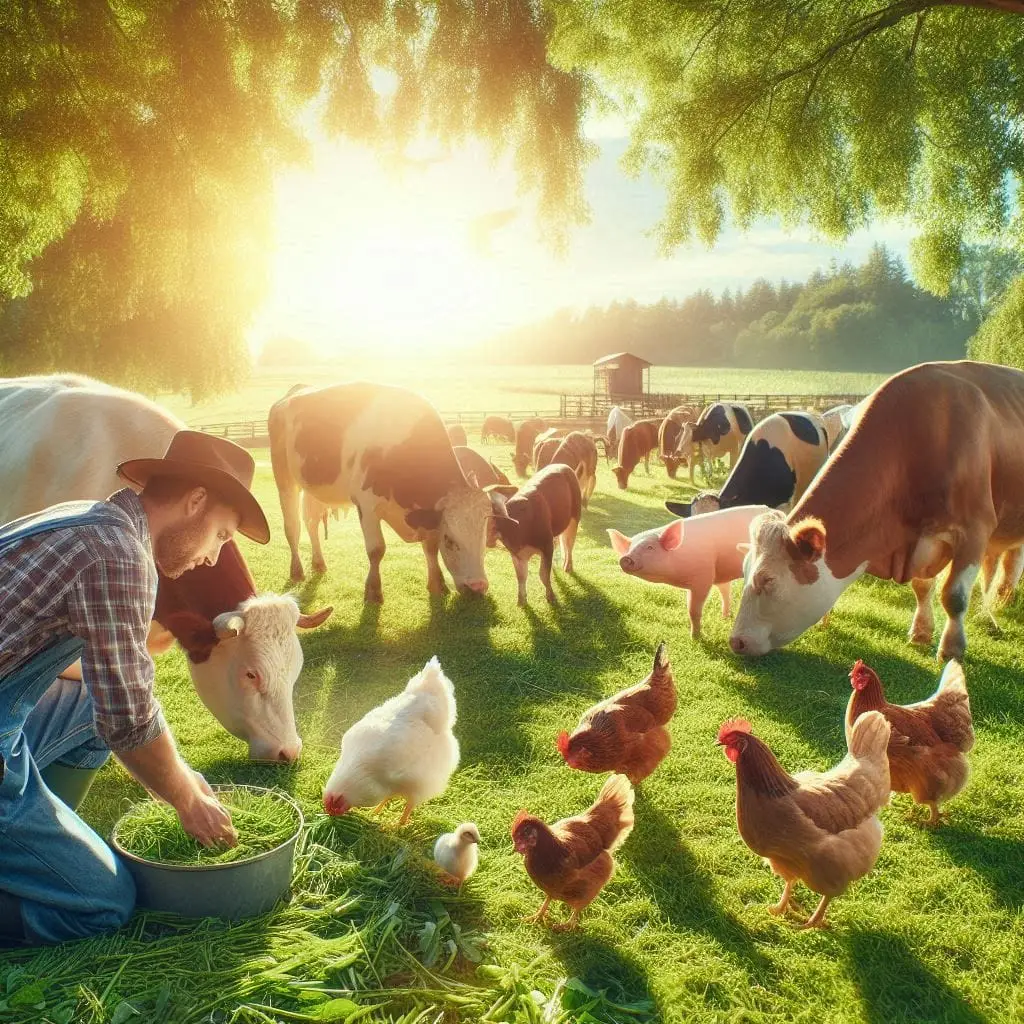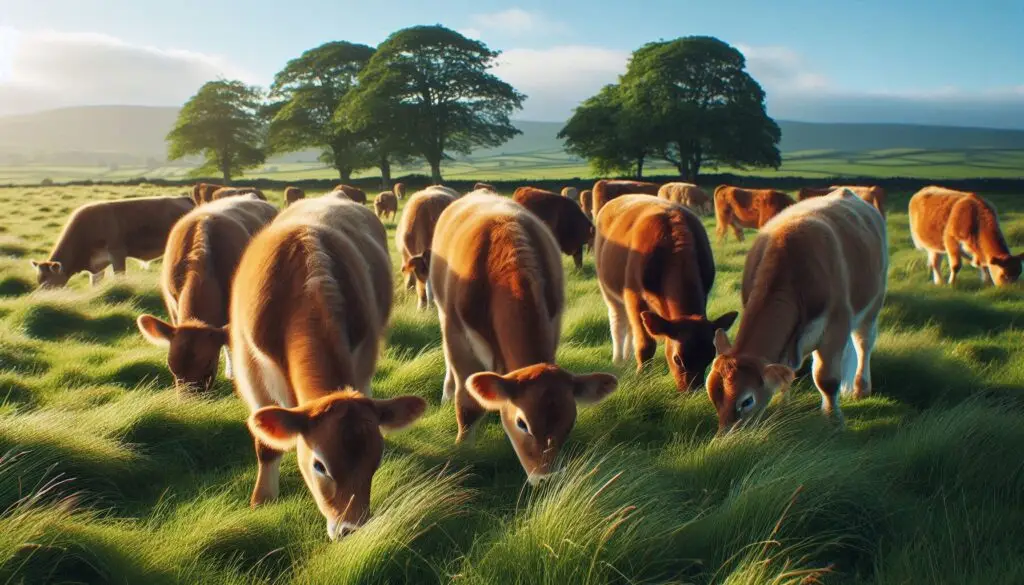Nitrates & Nitrites in Livestock Health

Nitrates and nitrites pose significant risks to livestock health, particularly in ruminants like cattle and sheep. This comprehensive guide explores the nature of these compounds, their sources, the risks associated with them, and effective management strategies to ensure livestock safety.
What Are Nitrates and Nitrites?
Nitrates (NO₃⁻) are naturally occurring compounds found in soil, water, and plants. They are essential for plant growth but can become toxic when accumulated in high concentrations. Nitrites (NO₂⁻) are derived from nitrates through microbial action in the rumen of ruminants. While nitrates are relatively non-toxic, nitrites can interfere with oxygen transport in the blood, leading to serious health issues.
The Mechanism of Toxicity
When livestock consume high levels of nitrates, they convert them to nitrites in the rumen. Nitrites can bind to hemoglobin, forming methemoglobin, which cannot carry oxygen effectively. This condition leads to symptoms such as:
- Difficulty Breathing: Animals may exhibit rapid or labored breathing.
- Cyanosis: Mucous membranes may turn blue or chocolate-colored.
- Weakness and Trembling: Affected animals often show signs of weakness and may tremble or stagger.
- Collapse and Death: Severe cases can lead to sudden death due to oxygen deprivation.
Sources of Nitrates
Nitrates can accumulate in various feed sources, particularly under certain conditions:
- Drought-Stressed Forages: Plants stressed by drought often accumulate higher nitrate levels.
- Fertilized Crops: Excessive use of nitrogen fertilizers can lead to increased nitrate concentrations in forages.
- Certain Plant Species: Some plants, such as lambsquarters and pigweed, naturally contain higher levels of nitrates.
Risk Factors for Nitrate Poisoning
Several factors increase the risk of nitrate poisoning in livestock:
- Species Sensitivity: Pigs are most susceptible, followed by cattle and sheep. Horses are less affected.
- Health Status: Animals in poor health or under stress are more vulnerable.
- Dietary Changes: Rapid shifts to high-nitrate feeds can overwhelm the rumen’s ability to adapt.
- Hunger: Hungry animals tend to consume large amounts quickly, increasing the risk.
Signs of Nitrate Poisoning
Recognizing the signs of nitrate poisoning is crucial for timely intervention:
- Diarrhea and Salivation: Early signs may include gastrointestinal distress.
- Respiratory Distress: Difficulty breathing is a key indicator of nitrite poisoning.
- Weakness and Trembling: Animals may appear weak or unsteady.
- Cyanotic Mucous Membranes: A bluish tint in the gums indicates severe oxygen deprivation.
Management Strategies
Effective management strategies can help mitigate the risks associated with nitrates:
1. Forage Testing
Regularly test forages suspected of high nitrate levels. This is especially important for drought-stressed crops or those fertilized with nitrogen.
2. Gradual Introduction
Introduce high-nitrate feeds gradually over several days. This allows rumen microbes to adapt and reduce the risk of toxicity.
3. Dilution of High-Nitrate Feeds
Mix high-nitrate feeds with low-nitrate alternatives. This dilution helps lower overall nitrate intake.
4. Controlled Grazing Practices
Implement controlled grazing practices:
- Avoid grazing hungry animals on high-nitrate pastures.
- Allow access to low-nitrate forage before moving to high-risk areas.
- Limit grazing time on high-nitrate pastures initially.
5. Provide Fresh Water
Ensure that livestock have access to fresh, clean water at all times. Hydration helps dilute nitrate concentrations in the rumen.
6. Monitor Weather Conditions
Be cautious during periods of rapid growth following rain or when temperatures fluctuate significantly. These conditions can increase nitrate levels in plants.
7. Emergency Protocols
If nitrate poisoning is suspected:
- Remove animals from high-risk areas immediately.
- Provide low-nitrate forage to dilute ingested nitrates.
- Seek veterinary assistance if symptoms are severe.
Treatment Options
In cases of severe nitrate poisoning, veterinary intervention is crucial:
- Methylene Blue Administration: Intravenous methylene blue can convert methemoglobin back to hemoglobin, restoring oxygen transport capacity.
- Supportive Care: Affected animals may require additional supportive care based on severity.
Conclusion
Understanding nitrates and nitrites is essential for livestock management. By implementing effective monitoring and management strategies, producers can significantly reduce the risks associated with these compounds. Regular testing, gradual dietary adjustments, and careful grazing practices will help ensure the health and well-being of livestock.
For more pearls of Vets Wisdom:
https://wiseias.com/partitioning-of-food-energy-within-animals/





Responses